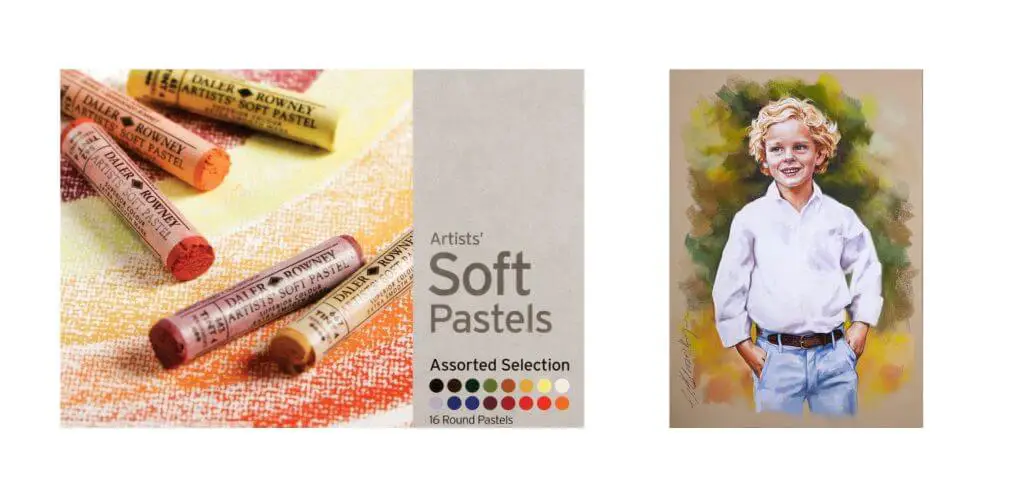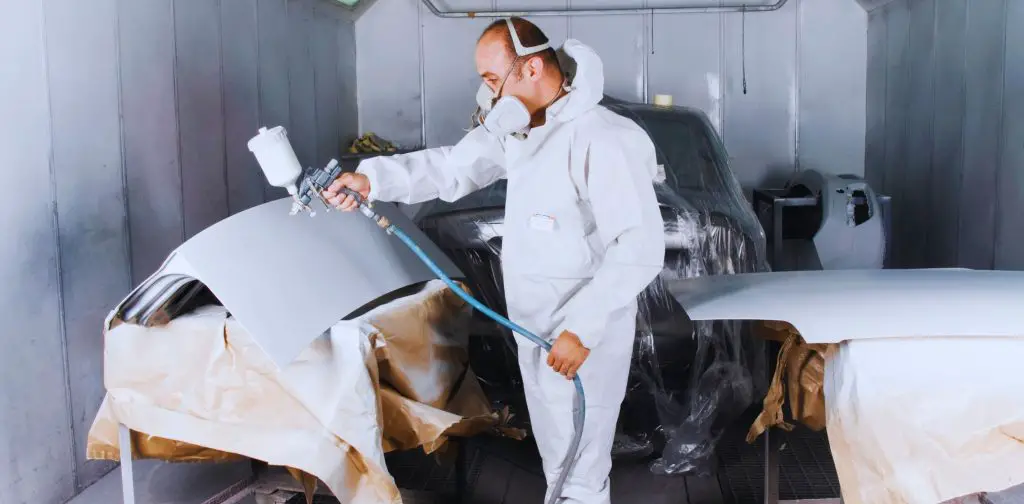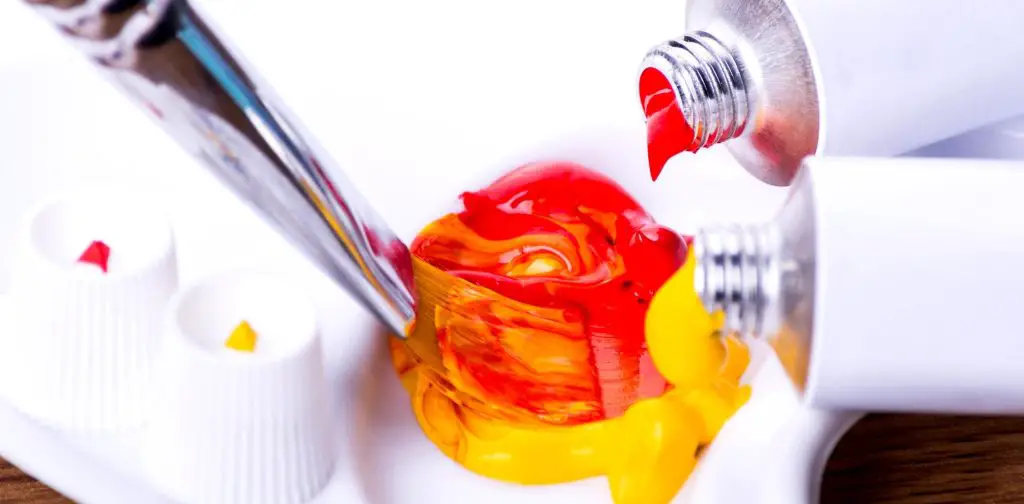Watercolor paints are an excellent choice for painting. They are easy to use and not expensive at all. Acrylic paints are best for both students and professionals. However, they are water-based but not as easy to use as watercolor paints. Both are OK, but today’s topic is watercolor. There is a question running through question forums, “Can you put watercolor paint down the drain?”
Let us tell our own experiences before knowing the details. We mainly use oil paints. When we clean the painting and brush the oil and pigment, they dissolve in the water because we leave a soap known as surfactant. So, our experience says you can put watercolor paint under the drain, but you have to be tactful.
Table of Contents
Why Should Paint Not Be Poured Down The Drain?
There are 10 items we have found in this world that you should not pour down the drain. You are also aware of most of them. let’s take a look –
- Eggshell.
- Flour.
- Medicine (Tablets)
- Sticker.
- Flushable products.
- Grease.
- Paints.
- Cleaning products.
- Condoms.
- Paper.
Paints are included in this list, which means you should not pour them into the drain. Most paints are made in liquid form, but you should not drain them. It has the potential to pollute the environment. Many cities have hazardous waste facilities where you can safely dispose of unused paint.
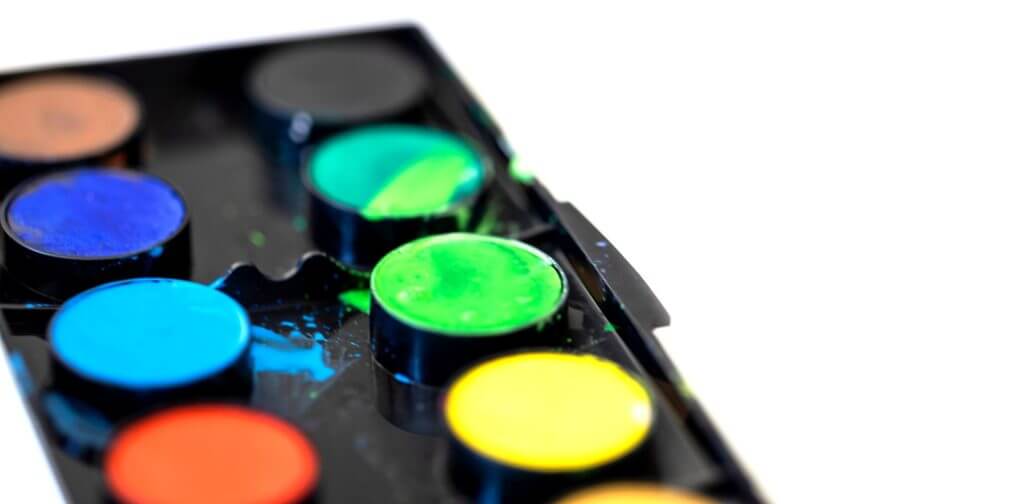
But we are talking about watercolor paints. They have the safest painting medium without oil and toxic solvents. So they won’t make any destructive impact on the environment. If you are not using watercolor paint, you must consider it is draining.
To understand this matter, you should have some basic ideas about watercolor paints. So, have a look in the next section.
What are Watercolor Paints?
Watercolor paint is a transparent art medium. It is a color pigment, complex carbohydrates in a water-soluble binder. When you add water, the paint dissolves so that the dye is spread with the help of a brush. It is made of many simple ingredients.
- Pigment.
- Brightener.
- Water.
- Binder.
- Moisturizer.
- Filler.
Suppose you are a watercolor color lover or have been using watercolor colors for a long time. In that case, you know that the two most common ingredients are pigment and water. Of these 6 ingredients, none are harsh ingredients that harm your skin or even the environment, which is a good aspect of this paint.
Advantages of Watercolor Paints
Watercolor Paint is entirely different from oil gauche and most professional acrylic paints. It is easy to use, quick and not tricky like others. The chances of correction during painting are almost zero with watercolor paints. The only solution is you have to take another piece of paper. You may find it challenging because it dries super-fast. In most cases, fast-drying capability benefits you.
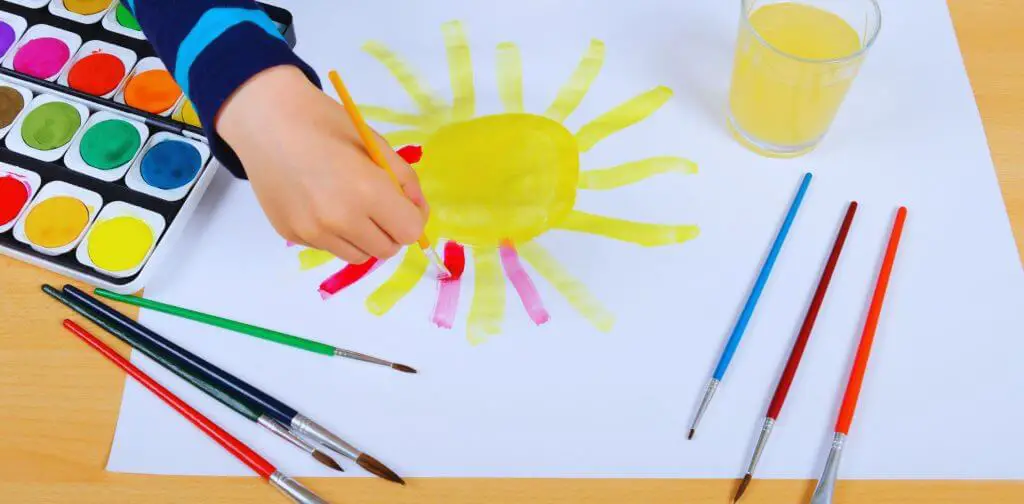
Here are the advantages you will get from watercolor paint. The disadvantages can be considered because they have no considerable impact.
- As a water-based medium, it is less messy.
- Don’t have a strong smell.
- Dry very fast.
- Portable enough.
- Easy to clean.
- Don’t harm the environment.
- Easy to paint.
Besides watercolor painting, if you have a car and want to repaint it, you can gain some knowledge about single-stage paint. Also, Don’t forget to check out car paint removal.
Can You Wash Watercolor Paint Brushes in the drain?
It is not an easy question. Soo, the answer is not easy. It depends on multiple things. Washing the paintbrush in the drain depends on the water system you have near your hand. We know it is essential to wash the painting brush. And it is the easiest way to wash watercolor paints in the sink. We cannot say yes or even no. So, keep patience to understand the whole matter.
You can wash paint in the sink if you have a public sewer system. It is a sewerage system regulated by local government authorities to dispose of sewage water. We have seen this system mainly in urban districts. Be sure to clean the brush with soap and water until the paint is completely removed.
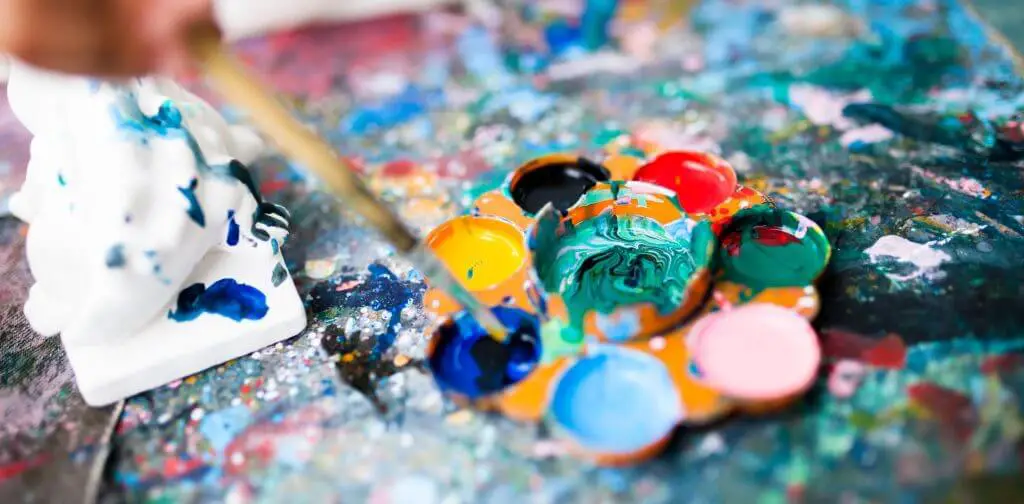
On the other hand, you cannot wash a water paint brush in the sink if the house is on a septic tank. It can result in clogging and eventually ruin your tank. Then it would be best if you changed the whole tank, which is a tough job and costly enough.
How to Dispose of Watercolor Paints?
Watercolor paints are non-toxic and completely water-based paints. The pigments used in it are primarily natural. So, most people think of throwing it away because it will not harm the environment. Non-toxic ingredients in watercolor paints are not 100% safe for the environment. If you throw a small amount of paint, that’s fine. This is also fine if you put a few watercolors in the drain.
But remember that you can’t throw a lot of watercolor paint on the ground. Even if the amount is huge, you can’t drain them. We have a safe choice for both you and the environment. You have to put the rest of the water paint in a jar or can and keep it in the trash. It does not require any special disposal care. Make sure you dry the paint first before throwing it in the garbage.
Cobalt or cadmium pigments are harmful to the environment. If you have watercolor paints with cobalt, take the waste to your city’s proper paint disposal area.
Can You Re-cycle Watercolor paint?
Most of the time, watercolor paintings are burned. EPA ensures very few harmful ingredients inside these paints. That’s why water paints don’t require extra disposal in most cases. Since harmful components are absent in it, most residents burn watercolor paints. They don’t recycle it.
FAQs
Do you need to dispose of acrylic paint water?
It is the best choice for disposing of acrylic paint in the disposal area. They do not have toxic ingredients, but they are chemically made. So, it is safe to dispose of them in the right place.
Can you use watercolor paint water in your plants?
You can, but we don’t recommend doing this. It may not be suitable for plants if they absorb dye from water.
How do you dissolve paint in a drain?
Soap and water help to dissolve watercolor paint. But if you want an immediate result, apply vinegar to dissolve the paint in the drain.
Can I recycle watercolor paint? and what is the environmentally friendly way to dispose of it?
While watercolor paints are generally non-toxic and water-based, recycling them isn’t a common practice. Due to the absence of harmful components in watercolors, residents often burn or dispose of them in regular trash. However, if your watercolor paints contain environmentally harmful pigments like cobalt, it’s advisable to take them to your city’s designated paint disposal area to ensure proper handling.
Final Word
In conclusion, Watercolor paints are simple, easy and environment friendly if cobalt is missing. It makes them an excellent choice for applying to artwork. There is no restriction when it comes to putting watercolor paint down the drain. Even you can throw it in your trash, and no need to recycle.
Suppose it seems harmful because of cobalt or cadmium pigments. In that case, there is a better way to protect your plumbing and the environment by not putting them in the drain. We have told everything in this article. So, you can be sure that you’ll find a great one for your needs and wants.
For more than 15 years, I’ve been immersed in the world of painting, and I’ve created this website to share my passion and knowledge with fellow art enthusiasts. My artistic journey has led me through various mediums, techniques, and styles, always pushing the boundaries of expression. I invite you to explore the captivating realm of art with me – a journey of creativity, self-expression, and the endless possibilities that painting offers.
Feel free to reach out to me via email at leanna.ange@gmail.com. Whether you have questions, want to share your own artistic experiences, or simply connect, I’m here to engage in the wonderful dialogue that art inspires. Looking forward to hearing from you!

